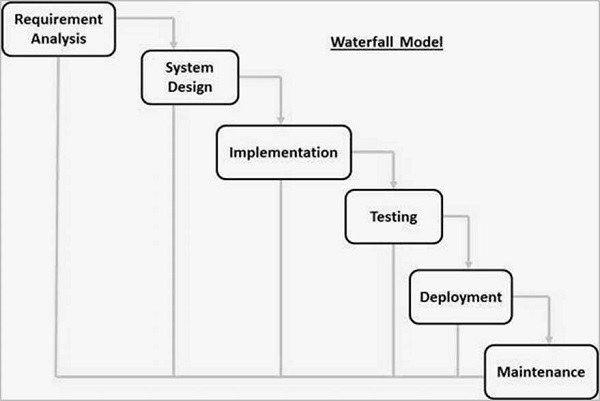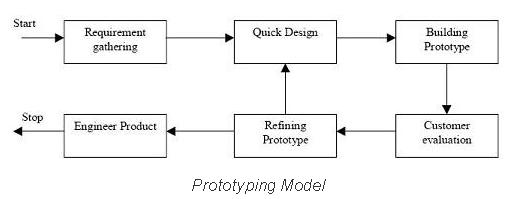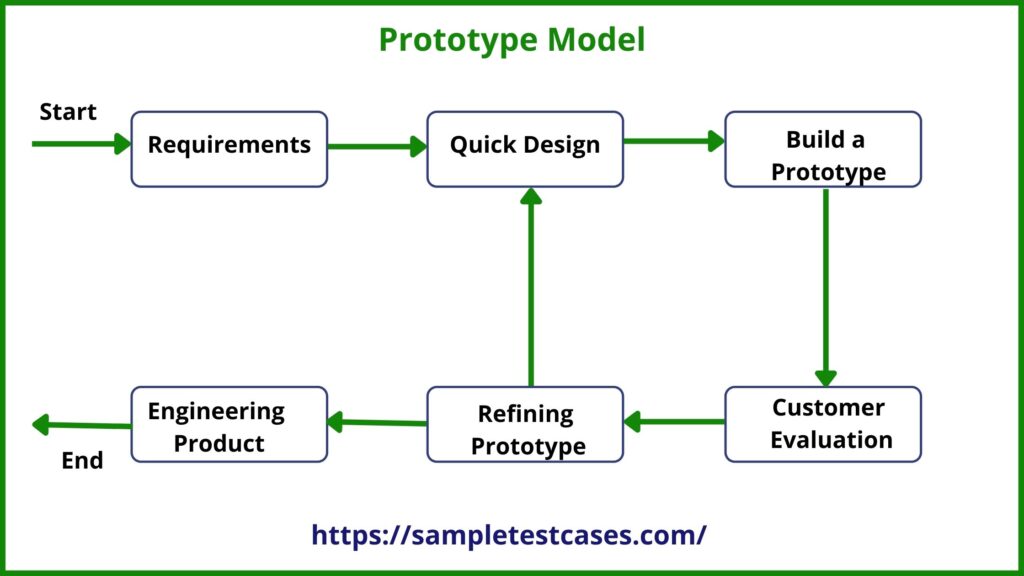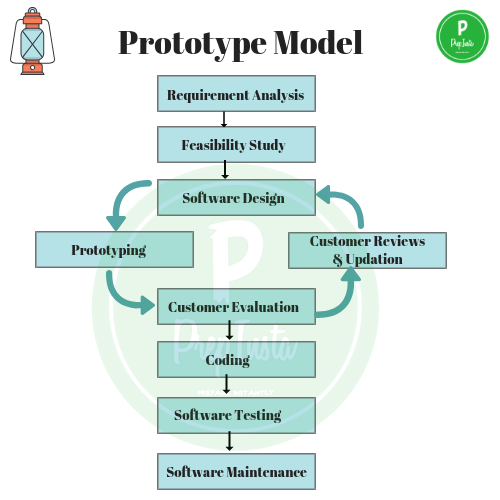The prototype model is a software development methodology that involves creating a preliminary version of a product, known as a prototype, and using it to gather feedback and make improvements before the final product is developed. This approach has several advantages in the field of software engineering, which make it a popular choice for many organizations.
One of the main advantages of the prototype model is that it allows for rapid development and testing of ideas. In traditional software development approaches, it can take a long time to fully develop and test a product. This can be costly and time-consuming, and can result in missed opportunities or delays in getting the product to market. With the prototype model, on the other hand, a rough version of the product can be developed quickly and tested, allowing for a more efficient development process.
Another advantage of the prototype model is that it allows for early user involvement. By creating a prototype and gathering feedback from users, developers can get a better understanding of what features and functionality users want and need. This can lead to a more user-friendly and useful final product. In addition, involving users in the development process can help to build a sense of ownership and buy-in among the user community, which can be important for the success of the product.
The prototype model also allows for flexibility and iteration in the development process. As developers gather feedback and make improvements to the prototype, they can try out different approaches and ideas to see what works best. This can lead to a more innovative and effective final product.
Finally, the prototype model can help to reduce the risk of developing a product that does not meet the needs or expectations of users. By gathering feedback and making improvements before the final product is developed, developers can ensure that the final product is more closely aligned with user needs and preferences. This can help to increase the chances of success for the product.
Overall, the prototype model has several advantages in software engineering. Its ability to allow for rapid development and testing, early user involvement, flexibility and iteration, and risk reduction make it a popular choice for many organizations.








